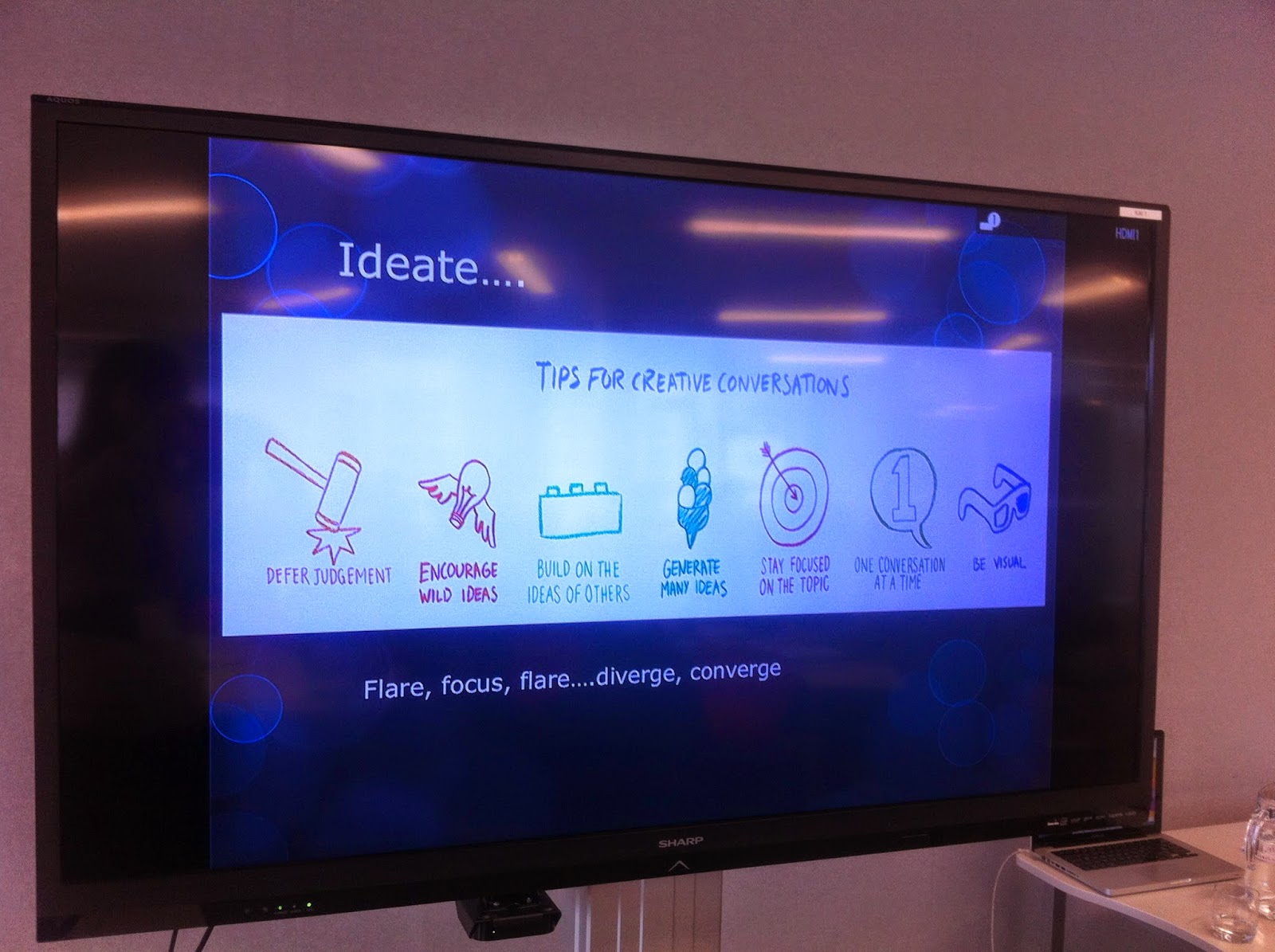TedEd
How to make a movement
Have guts to stand out and be ridiculed
Then not about the leader, about them, pluaral
First follower is what transforms a lone nut into a leader
2nd follower - need the followers, new followers follow the followers, not the leaders
the more people who join in is less risky
- Fence sitters will feel comfortable now because they won't be different or embarrased, they will now be part of the in crowd.
When you find a lone nut doing something great, have the guts to stand up and join in.
Danielle
Mihi by Danielle - nicely done!
What if teachers weren't isolated? What if teachers were connected?
This is what EdchatNZ is
Danielle wants to talk education 24/7 - but family didn't - twitter helped her to meet up with other teachers to talk to. :D
America: Flipped learning
UAE: Project based learning
NZ: What is NZ doing? hence #edchatnz on Twitter
Not a two-day conference - a never-ending conference because every fortnight we can meet and chat on twitter.
#edchatnz about empowering teachers to stick together, to empower the teachers in the classroom, inspiring other
I need a tshirt that says "I'm tweeting while you're talking because I find what you're saying important enough to share with 100s of others"
We believe that school should be warm, challenging, adventerous.
Be a contributor and share and communicate with others, be reflective rather than critical - we're all still learning and we all need to take risks. By being reflective rather than critical you'll find you learn more from others mistakes as well as their successes.
Maurie Abraham
We all have a vision for education, that's why we're here. The challenge we all have is to lead the education revolution. Being a visionary is the easy bit - next is the hard yards.
"These is no longer a good fit between the education we are currently providing and the education we need."
Three period days, small group learning advisories, decile one achievement rates became equal to the decile 8-10 through the changes.
We have the opportunity to change the world and yet there are kids who are still missing out.
The 21st century learners are already here - what are we doing to be 21st century teachers / schools.
The paradigm of one is holding us back across the country - how does '1' create confident life-long learners? It's time for the timeline of 'many'.
Many ways of learning; many ways of teaching.
All learning needs to make use of the natural connections between subjects - not separate them into silos.
When designing and reviewing their curriculum, schools select achievement objectives from each area in response to the identified interest of the learners in the classroom.
Innovation, creativity, and responsiveness should be the norm in all schools and for all students - ERO
Building is designed to be open, visible, flexible, and connected - easy part.
Challenge was to create teaching that was the same - first to admit this is still a big work in progress.
Wordle from the kids about what schooling was like in the first half of this year:
Fun, different, interesting, new, awesome, exciting (biggest words).
Acknowledges Danielle's stunning work of being the 'lone nut' and starting the movement.
ERO: "saw some magic" in learning hub and learning coach model - key foundation stones that holds everything together - how they hold onto the students and don't let any of them fall through the gaps.
Mark Osbourne
Is just around and everywhere
The thing that's brought us altogether today is Twitter - it's direct, immediate, right there
- but that's also it's downfall.
One of the tricks with twitter - the more inclusive you are, the less you can say. The more you want to say, the less people you can include
The thing that's brought us here #edchatnz is a great way to bring people together.
Story telling - how we encode culture into the generations
Stories - far more memorable than listening to bullet point list. We are designed to listen to stories.
Think about the stories you're telling - the story telling animal
Tell stories - the most important way to tell things
How storytelling affects the brain
Neural coupling
Mirroring
Dopamine
Cortex Activity
Just watching each other, hearing stories and experiences creates good brain things to happy.
The ability to empathise with others are closely related to story telling.
Think about the stories that you're telling - great, powerful way to communicate information
"I have a dream" NOT "I have a strategic plan"
What is your dream?
Who was the hero - knowledge? Skill? Dispositions
Metaphors for learning spaces
- Watering holes, Mountain tops, Campfires
Tell a story, involve others, let others tell their stories
Tell simple stories and tell them well.
Overcome the shortcomings of 140 characters.
The little #hashtag that could.
:D
Thanks to Danielle for being the great leader that has created more leaders.























